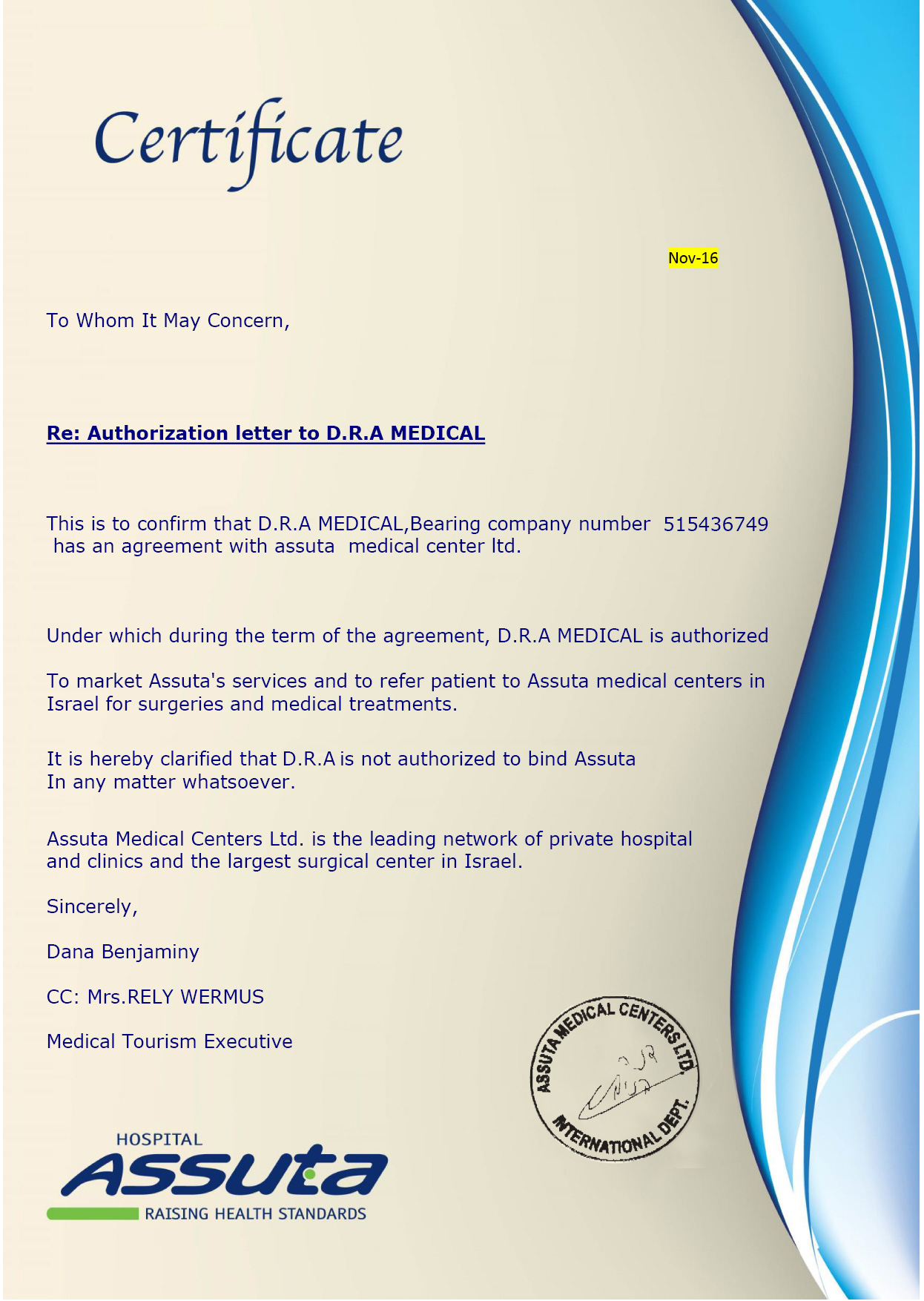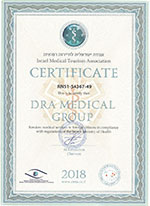Introduction
Mitral valve repair is a form of heart valve surgery. Other forms include aortic valve repair, pulmonary valve repair, and tricuspid valve repair. Like other heart valve surgeries, mitral valve surgery is performed to treat and possibly reverse mitral valve disease. The mitral valve, also called the bicuspid valve, has two flaps that lie between the left atrium and left ventricle of the heart. These flaps prevent the backflow of oxygen-rich blood from the left ventricle back into the left atrium. Therefore, complications with the mitral valve can potentially compromise blood flow to the rest of the body.Who should pursue Mitral Valve Repair?
If you suffer from one of the two forms of mitral valve disease, mitral valve regurgitation or mitral valve stenosis, then you should consider pursuing mitral valve repair. Sometimes heart conditions can be treated solely with medication, diet, and exercise. However, discussing your condition with your doctor is the best way to determine if surgery is right for you.Planning Mitral Valve Repair
The idea of having heart surgery may trouble you, but making mitral valve repair an informed decision with the guidance of your doctor should ease your tension. Heart valve surgery is intended to prolong your life, improve your quality of life, and reduce any symptoms you may be experiencing. So expect to have a serious discussion with your cardiologist about why mitral valve repair is a valid option for you.During this time, he or she will also explain to you what outcomes you can expect from your surgery. Depending on your current condition and medical history, your doctor will also inform you if you are at risk for some specific complications. These complications include, but are not limited to, bleeding, heart attack, infection, irregular heartbeat, stroke, or a failed mitral valve.
How is Mitral Valve Repair performed?
First, the anesthesiologist will confirm that you are fully sedated under general anesthesia. Next, your surgeon will make an incision that stretches the length of your chest to expose your heart. Then, he or she will employ different surgical techniques depending on which area of the mitral valve needs repair.If the back (posterior) flap is causing your mitral valve disease, then your surgeon will extract the worn-out segments causing the posterior flap to hang loose and sew the flap back together to close off the mitral valve. Then, he or she will place a complete or partial ring around the mitral valve for support.
If your mitral valve disease is a result of the front (anterior) flap hanging loose, then your surgeon will replace the chord-like structures that normally pull the anterior flap taught to close off the mitral valve. Surgeons replace the cord-like structures by either transferring chords from another part of the valve or creating new chords with sutures.
Minimally invasive mitral valve repair involves your surgeon making an incision two to three inches long on the right side of your chest. Through this incision, your surgeon will guide a scope and manipulate a variety of instruments to repair your mitral valve. Sometimes making this incision in the middle of the chest yields better results for the patient. And in many cases, this surgery can be performed by a robot with only a one-inch long incision. Your surgeon may suggest minimally invasive mitral valve repair if your aortic and tricuspid valves need repair in addition to your mitral valve.








